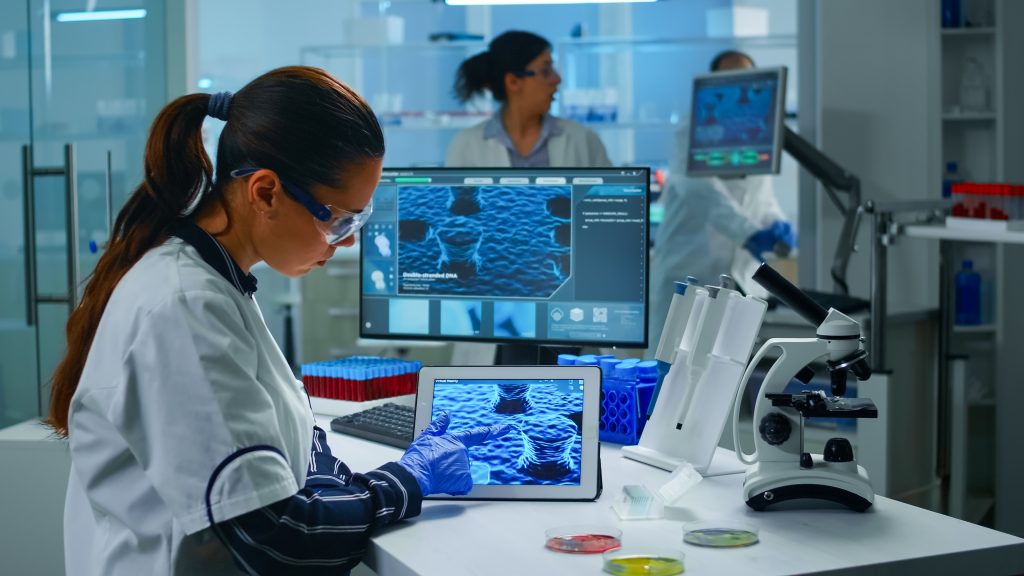The PET plastic bottle is an old technology, but is ubiquitous for a reason. It has a lot of advantageous qualities: it’s cheap, durable and easily moulded into different shapes.
However, the shortcomings in its suitability for recycling are well-documented. Along with other plastic products, the plastic bottle’s negative impact on the environment has come under particular scrutiny in recent months.
In November, the chair of the UK Environment Agency, Emma Howard Boyd, called the UK’s recycling system ‘out of date’ and argued for a complete ‘overhaul’, especially when it comes to the use and reuse of plastics.
This view mirrors a pointed shift in public opinion, largely prompted by the media and shows such as Blue Planet II, which also drew attention to the environmental impact of plastic.
The plastic bottle is central to this debate, given it has a lifespan of up to five times the life of the average British resident.
It makes for an especially interesting case study for the recycling industry because of the complexity around its reusability. At many recycling centres, plastic bottles are currently shredded, melted down into small pellets and sold on.
However, brands’ reluctance to use white or clear packaging means that there is an overabundance of coloured plastic, which is not easily recycled into other materials. Consequently, the recycling loop is effectively broken.
This issue is compounded by the fact that there is an inherent downward quality spiral of recycled PET – even for white or clear plastics – which means many consumer plastics cannot be made into a like-for-like replication of the original product. There is, therefore, clearly a demand for innovation to disrupt the dominance of the plastic bottle.
Continue reading this article on Recycling & Waste World here.

